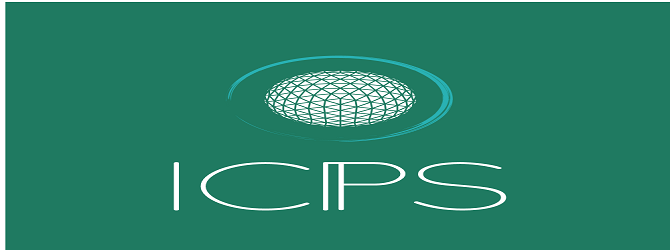Comparison between the Effectiveness of Dental Tape, Flosser and Superfloss in Controlling Interproximal Biofilm: A Randomized Clinical Study
Background: The most effective way to control gingivitis and periodontitis is biofilm mechanical removal. The aim of this randomly clinical study was to compare the efficacy of three different methods of controlling interproximal biofilm: dental tape, dental floss holder (flosser) and super floss.
Methods: The study consisted of 15 patients treated at faculty Sao Leopoldo Mandic who were evaluated at bleeding and plaque index in all five phases of the research, received instructions to use brushing bass method as well as the correct way to practice interproximal cleaning with the three different methodologies. The volunteers were drawn in group A (5 participants) performed the cleaning of the interproximal space with dental tape, group B (5 participants) with a flosser, and group C (5 participants) with super floss. At the 15 subsequent days, groups A, B and C, through a new randomized drawing, received their next method for cleaning the interproximal. There was a 15 days washout period between the second method and the third, in which the volunteer could choose to use the cleaning method they preferred among the two previously used.
Results: The variance analyses for randomized blocks indicated a statistically significance difference in plaque index (p<0,001) and bleeding index (p=0,011), better to flosser, compared others. During the washout period, the most of volunteers opted by flosser, reporting great ease and practicality.
Conclusions: Despite the bleeding and plaque index reduction with the different devices, the dental floss holder (flosser) is a viable alternatives to manual flossing, still being preferred by volunteers.
 Spanish
Spanish  Chinese
Chinese  Russian
Russian  German
German  French
French  Japanese
Japanese  Portuguese
Portuguese  Hindi
Hindi 



